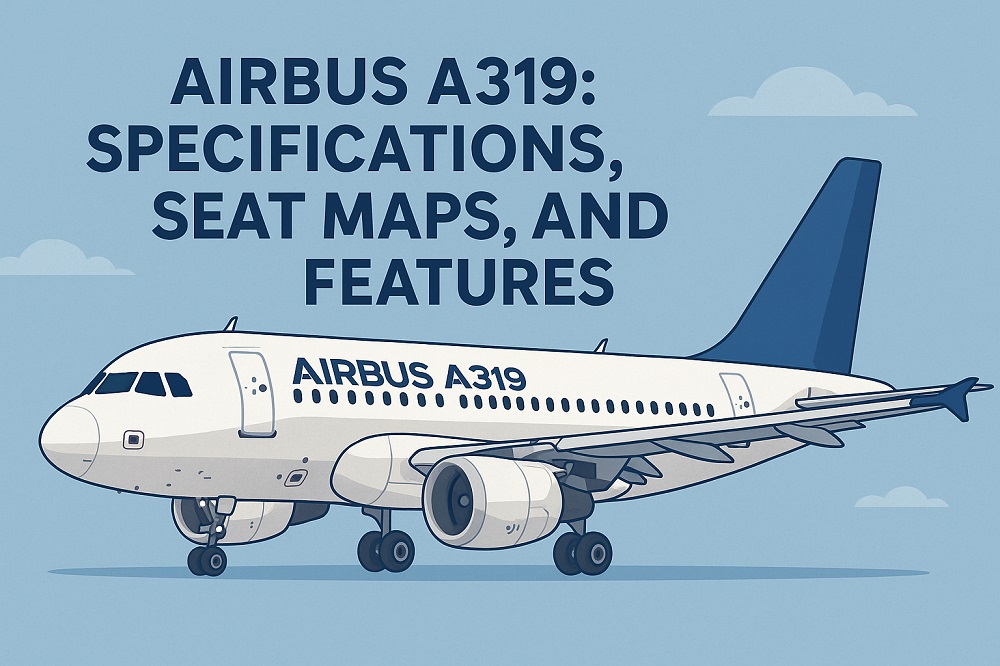Discover the remarkable Boeing 737-900, a pinnacle of commercial aviation engineering that has revolutionized medium-haul air travel. Whether you’re an aviation enthusiast or a curious traveler, understanding this aircraft’s capabilities and features will enhance your appreciation of modern air travel.
Overview of Boeing 737-900
The Boeing 737-900 represents a significant milestone in the Boeing 737 family, combining enhanced efficiency with increased passenger capacity. Since its 2001 debut, this aircraft has proven its versatility across various routes, connecting major cities worldwide including Tel Aviv, Stockholm, and Bucharest.
History and Development
Born from market demands for greater capacity and range, the 737-900 emerged as an innovative stretched variant of its predecessors. Boeing’s strategic focus on maintaining commonality with other 737 models while incorporating advanced aerodynamics and engine technology has made it a cost-effective choice for airlines already operating 737 fleets.
Introduction to the 737 Family
As part of aviation’s most successful commercial aircraft series, the 737-900 builds upon decades of engineering excellence. This stretched version of the 737-700 offers increased capacity while maintaining the operational flexibility that airlines value, paving the way for future developments like the 737 MAX 10.
Specifications of Boeing 737-900
| Dimension | Measurement |
|---|---|
| Length | 45.12 meters |
| Wingspan | 35.80 meters |
| Height | 12.60 meters |
Technical Specifications
- Maximum takeoff weight – 85,130 kg
- Engine type – Two CFM56-7B turbofan engines
- Engine thrust – 27,300 pounds per engine
- Fuselage diameter – 3.76 meters
- Passenger capacity – 177 to 215 passengers
Performance and Range
- Cruising speed – 850 km/h (Mach 0.79)
- Range – 5,000 to 5,500 kilometers
- Short runway capability
- Optimized for medium-haul routes
- Enhanced aerodynamic efficiency
Features of Boeing 737-900
The 737-900’s extended fuselage design optimizes passenger capacity while maintaining operational efficiency, making it an ideal choice for high-demand routes.
Interior and Comfort
- Boeing Sky Interior with modern sculpted sidewalls
- Enhanced window reveals for better views
- LED lighting system for improved ambiance
- Comfort+ section with premium seating options
- Specific seat features:
- Seat 12A – Extra room in Comfort+ section
- Seats 15A and 16A – Solid and partial wall respectively
- Seat 21D – Limited underseat storage in exit row
Technological Advancements
The Boeing 737-900 showcases significant technological innovations that distinguish it from its predecessors. The integration of advanced technology winglets represents a major leap forward in aerodynamic design, delivering enhanced efficiency through reduced fuel consumption and lower emissions. This advancement not only benefits the environment but also provides substantial cost savings for airlines.
- Advanced technology winglets for improved aerodynamics
- Enhanced fuel efficiency with up to 4% reduction in fuel burn
- Improved engine performance for extended range capabilities
- Reduced environmental impact through lower emissions
- Cost-effective operations for airlines
Boeing 737-900 Seat Map
The Boeing 737-900’s interior layout offers airlines remarkable flexibility in cabin configuration, accommodating various market demands and route requirements. Interactive seat maps available on airline websites, such as KLM’s dedicated aircraft section, enable passengers to make informed seating decisions by providing detailed views of the cabin layout.
Seating Configuration
| Class | Seat Count | Seat Pitch | Seat Width |
|---|---|---|---|
| First Class | 20 seats | 38 inches | 21 inches |
| Economy Plus | 51 seats | 35 inches | 17.3 inches |
| Economy | 96 seats | 31 inches | 17.3 inches |
Passenger Experience
- Enhanced interior features:
- Modern mood lighting systems
- Expanded overhead bin capacity
- Improved seat designs for better comfort
- Optimized space utilization
- Access to detailed seat reviews and recommendations through SeatGuru
- Comprehensive information about specific seat locations and their characteristics
Airlines Operating Boeing 737-900
The Boeing 737-900 has established itself as a versatile aircraft choice among global carriers, serving diverse routes and markets. United Airlines, a prominent operator, utilizes three distinct configurations to optimize its fleet deployment across various routes, including seasonal services to international destinations.
Major Airlines
- Primary operators:
- United Airlines
- Delta Air Lines
- Alaska Airlines
- Korean Air
- Typical deployment: High-demand domestic routes and medium-haul international flights
- Passenger capacity range: 177-215 seats depending on configuration
Global Reach
The Boeing 737-900’s worldwide presence spans multiple continents, serving diverse markets and operational requirements. European carriers like KLM Royal Dutch Airlines integrate it into their mixed fleets, while Asian operators such as Lion Air and SpiceJet utilize the aircraft’s capabilities to connect major regional hubs. This extensive global adoption demonstrates Boeing’s success in meeting varied market demands across different regions.
Comparison with Other Models
In the commercial aviation market, the Boeing 737-900 competes directly with the Airbus A321, offering a unique balance of capacity and efficiency. The 737-900ER variant specifically addresses the market gap left by the Boeing 757-200’s discontinuation. Despite facing strong competition, particularly from the Airbus A321neo, Boeing continues to innovate through the development of the MAX family, aiming to strengthen its position in this crucial market segment.
Boeing 737-900 vs 737-800
| Specification | 737-900 | 737-800 |
|---|---|---|
| Length | 42.1 meters | 39.5 meters |
| Two-class capacity | 177 passengers | 157 passengers |
| Single-class capacity | 189 passengers | 169 passengers |
The Boeing 737-900, a stretched variant of the 737-800, offers increased passenger capacity while maintaining the same maximum takeoff weight and fuel capacity. Both aircraft share identical wing designs and CFM56-7B engines, ensuring operational commonality for airlines managing both types. The 737-900’s debut in 1997, followed by its first flight in 2000, marked a significant evolution in the 737 family’s development.
Boeing 737-900 vs Competitors
- Market competition:
- Primary competitor – Airbus A321
- A321neo variant offers enhanced fuel efficiency
- Boeing 737-900ER developed as a direct response
- Passenger considerations:
- Boeing aircraft often preferred by taller passengers
- Cabin noise levels impact overall satisfaction
- Continuous improvements in comfort features
Airlines evaluate multiple factors when choosing between these aircraft, including operational efficiency, range capabilities, and total ownership costs. The ongoing Boeing-Airbus competition drives continuous innovation, ultimately benefiting both airlines and passengers through improved aircraft performance and comfort features.
Other articles about Boeing aircraft:

